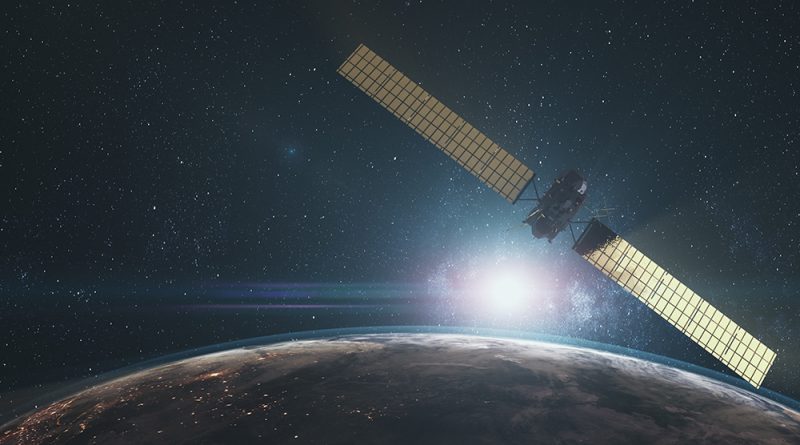2024: A Pivotal Year for Low Earth Orbit Satellite Services
In recent times, the realm of low earth orbit (LEO) satellite connectivity has witnessed remarkable developments, hinting at a transformative year ahead. This article delves into the evolving landscape of LEO satellite services, highlighting key players and the implications of recent funding for AST SpaceMobile.
In previous contributions, we explored the intricate business models and infrastructure associated with LEO satellite connectivity. The focus initially centered on a comparative analysis of Starlink and AST SpaceMobile, with the latter emerging as the preferred choice due to its robust architecture and direct-to-smartphone connectivity approach. A subsequent visit to AST SpaceMobile’s facilities in Midland, Texas, reinforced the promise of this innovative technology.
Notably, AST SpaceMobile has recently secured funding from tech giants Google, along with major mobile network operators AT&T and Vodafone. This development signifies a significant milestone in the LEO satellite service sector, prompting a thoughtful evaluation of the current landscape and its future implications.
LEO: An Expanding Frontier
The LEO satellite service arena is rapidly gaining prominence, with numerous players entering the fray. Amazon’s Project Kuiper, with over 3,000 LEO satellites, aims to challenge Starlink’s dominance. Project Kuiper combines satellite technology with the power of AWS cloud services, promising resiliency and scalability. However, like Starlink, it necessitates additional equipment for full functionality.
OneWeb, an early entrant in the LEO services domain, faced its share of challenges before making recent progress following investments and a merger with Eutelsat Group. Despite its slow start, doubts persist about the company’s long-term viability.
Amidst this competitive landscape, concerns about sustainability and potential sky clutter are valid. The industry’s trajectory has narrowed the field down to two standout contenders: Starlink and AST SpaceMobile.
Starlink vs. AST SpaceMobile: Direct-to-Smartphone Progress
Starlink initiated its satellite connectivity plans in collaboration with T-Mobile in August 2022. Despite some delays, the company has begun testing its “Direct to Cell” capabilities, with agreements signed with multiple operators worldwide.
In contrast, AST SpaceMobile has been actively testing its LEO satellite direct-to-smartphone service since deploying its BlueWalker 3 prototype satellite in November 2022. Milestones include successful 4G LTE and 5G voice calls. AST SpaceMobile’s extensive agreements with global mobile network operators, covering 2.4 billion subscribers, surpass Starlink’s reach.
AST SpaceMobile’s Recent Funding: A Game-Changer
AST SpaceMobile’s recent funding marks a significant turning point for the company. Google’s investment aims to ensure seamless compatibility between Android devices and LEO services, positioning itself competitively against Apple’s satellite-to-smartphone text service.
AT&T’s increased investment solidifies its partnership with AST SpaceMobile, potentially expediting time-to-market and monetization efforts related to satellite-to-terrestrial connectivity. The collaboration may leverage AT&T’s robust security capabilities, offering compelling service delivery models for large enterprises operating in remote areas.
Vodafone Group’s participation in the funding round reinforces its coverage expansion prospects across various regions, particularly in countries with vast remote areas like Australia.
2024: A Defining Year for LEO Satellite Services
The year 2024 is poised to be a watershed moment for LEO satellite services. While the sector appears crowded, consolidation is likely as companies transition from testing to full-scale service delivery. AST SpaceMobile maintains a competitive edge, benefiting from ongoing technical advancements and strategic investments from industry giants like Google, AT&T, and Vodafone. With these pillars of support, AST SpaceMobile is primed to achieve its commercial services objective in the first quarter of 2024, solidifying its position as a frontrunner in the LEO satellite service landscape.

